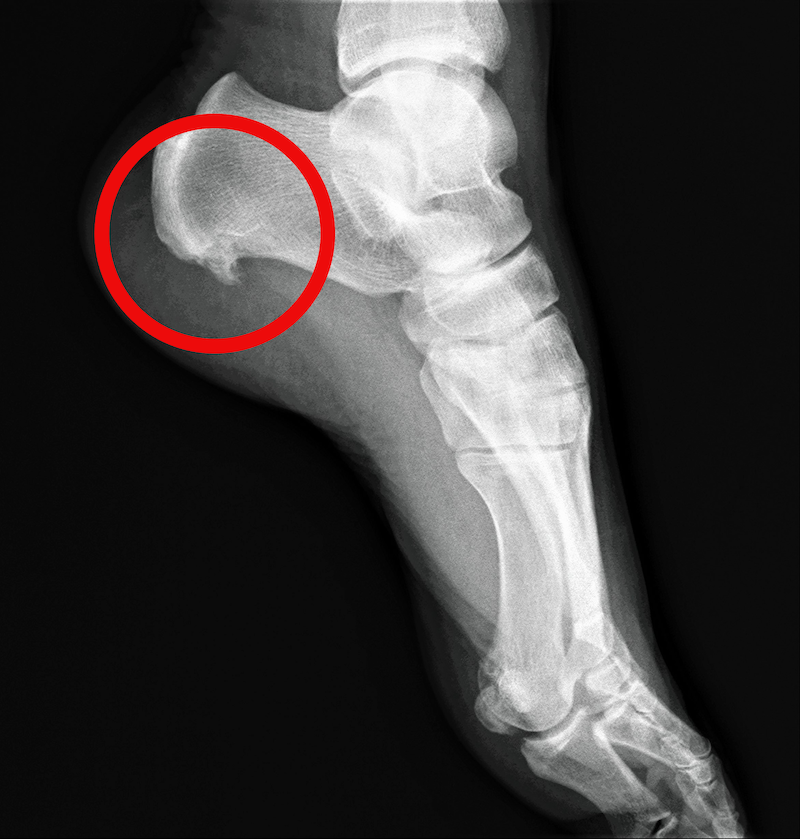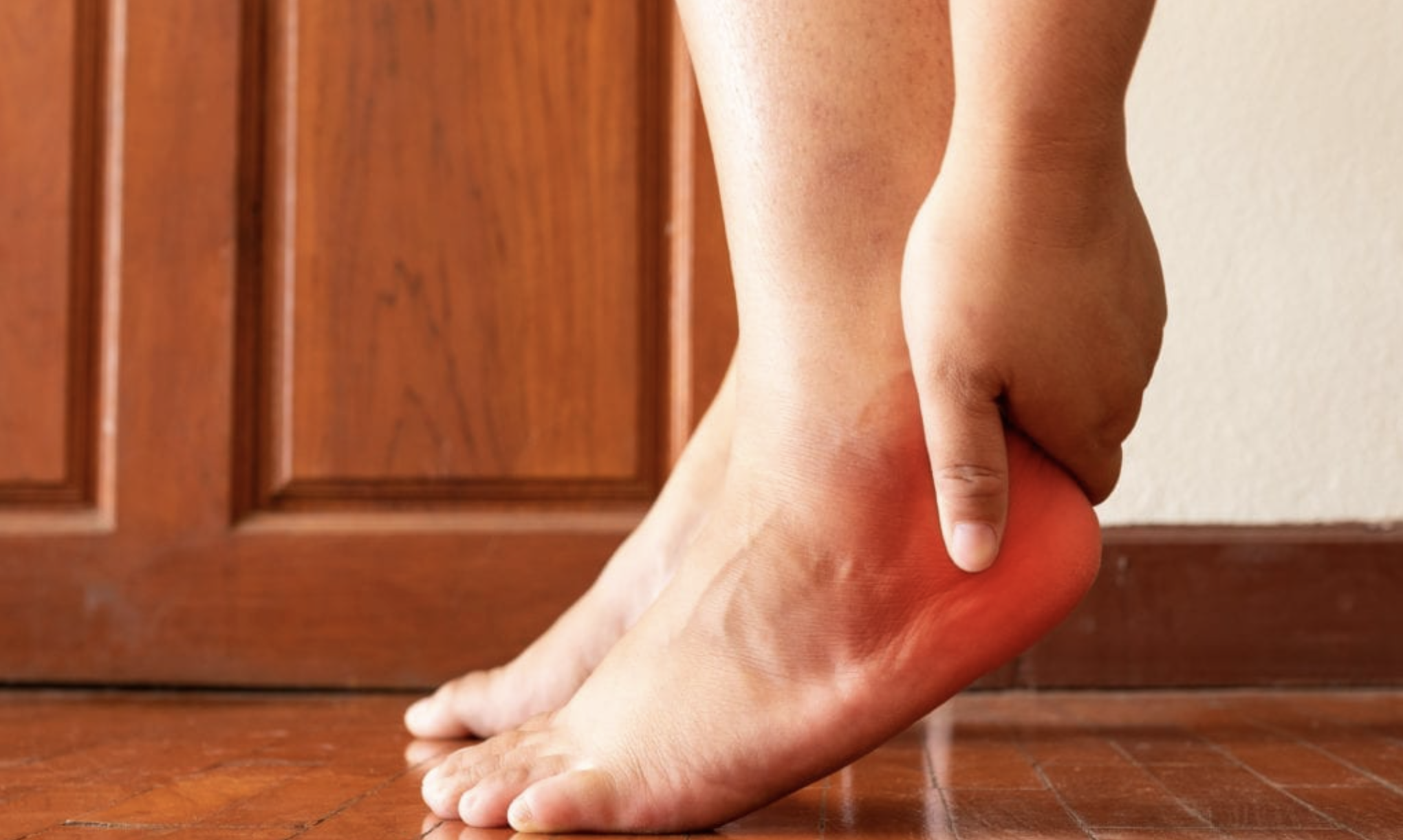Bone spurs are bony projections that develop along bone edges. Bone spurs (osteophytes) often form where bones meet each other in your joints. They can also form on the bones of your spine. The main cause of bone spurs is the joint damage associated with osteoarthritis. Most bone spurs cause no symptoms and can go undetected for years. They might not require treatment. If treatment is needed, it depends on where spurs are located and how they affect your health.
Overview of Bone Spurs:
Most bone spurs cause no signs or symptoms. You might not realize you have bone spurs until an X-ray for another condition reveals the growths. In some cases, though, bone spurs can cause pain and loss of motion in your joints. Joint damage from osteoarthritis is the most common cause of bone spurs. As osteoarthritis breaks down the cartilage cushioning the ends of your bones, your body attempts to repair the loss by creating bone spurs near the damaged area. Make an appointment with your doctor if you have pain or swelling in one or more joints or if you have difficulty moving a joint.
 Plantar fasciitis happens when overuse stretches or tears your plantar fascia — the ligament that runs between your heel and the ball of your foot. If you have plantar fasciitis, you’ll probably feel intense stabbing heel pain that comes and goes throughout your day. The pain eases once you walk for a bit but comes back if you sit and then get up to walk some more.
Plantar fasciitis happens when overuse stretches or tears your plantar fascia — the ligament that runs between your heel and the ball of your foot. If you have plantar fasciitis, you’ll probably feel intense stabbing heel pain that comes and goes throughout your day. The pain eases once you walk for a bit but comes back if you sit and then get up to walk some more.
Heel spurs can happen as a reaction to stress, and inflammation caused by plantar fasciitis. Over time your body responds to the stress by building extra bone tissue. This extra tissue becomes a heel spur. Most people don’t feel pain from their heel spur, but when they do, the pain is like plantar fasciitis pain.
Cause:
Heel spurs are your body’s response to stress and strain placed on your foot ligaments and tendons. For example, when you develop plantar fasciitis, your body responds to stress by creating a heel spur. You can also develop heel spurs by repeatedly tearing the covering that lines your heel bone or if you have a gait disorder. A gait disorder is when an illness or condition affects your balance and coordination so you can’t walk as you usually do.
Tests:
Healthcare providers typically examine your foot and ask about physical activity that might have caused your heel pain. Ultimately, X-rays are one of the most common tests that healthcare providers use to diagnose heel spurs.
Treatment:
Healthcare providers treat heel spurs the same way they treat plantar fasciitis. That’s because heel pain blamed on heel spurs is actually caused by plantar fasciitis. Treating the symptoms of plantar fasciitis can ease pain associated with heel spurs. Typical treatment includes:
- Resting your heel. If you run or jog, taking a break will help your heel pain.
- Using cold packs or ice. Icing the bottom of your foot can help ease heel pain.
- Taking oral anti-inflammatory medicine.
- Wear footwear or shoe inserts that support your arches and protect your plantar fascia by cushioning the bottom of your foot.
Surgery:
Your heel spur might be removed as part of plantar fasciitis surgery, but healthcare providers rarely perform surgery to remove heel spurs. Once formed, heel spurs are permanent. Surgery is the only way to remove a heel spur. Since heel spurs usually don’t hurt, treating the condition that caused your heel spur should help ease your heel pain.
Prevention:
Several factors increase your risk of developing heel spurs. Some factors are things you can change right away or change over time. Others you cannot change. Changes you can make right now. If you jog or run, choose soft surfaces like grass and tracks over hard surfaces like sidewalks and pavement. Wear shoes that fit and support your arches. Wear slippers or shoes if you walk on hardwood or tile floors. Adjust the way you walk so there’s less pressure on your heels. Lose weight so you put less pressure on your foot. Change your daily routine so you aren’t on your feet as much.
Things you can’t change as you age, your plantar fascia becomes less flexible, more prone to damage, and more likely to develop plantar fasciitis. You gradually lose the natural fat pad cushions on the bottom of your feet. Once you have a heel spur, you’ll always have a heel spur. Fortunately, heel spurs generally don’t hurt. But you should plan on managing the symptoms associated with heel spurs. Here are some steps you can take:
- Cut back on activities that make your heel pain worse.
- Be sure you have well-fitting shoes that support your arches.
When should I see my healthcare provider?
Talk to your provider if treatment for your heel pain doesn’t seem to help. While heel spurs don’t always hurt, ongoing heel pain might be a sign that it’s time to try other treatments or check for other potential problems.
Looking for an Experienced NJ Podiatrist for Bone Spurs?
Are you looking for a NJ foot and ankle specialist to help with your bone spurs? Dr. Manooj Prasad at Garden State Foot & Ankle Group of Toms River is a highly-experienced podiatrist with an ardent mission to help those suffering from foot, ankle, and lower leg issues. He offers personalized care while considering each patient’s individual lifestyle needs so that the best possible treatment can be administered. Based in both Essex County and Ocean County in New Jersey, service towns include Toms River, Belleville, Brick, Montclair, Jackson, Essex Fells, Beachwood, Caldwell, West Orange, Lavallette, Livingston, Bay Head, Millburn, Maplewood, Pine Beach, and many more! For more information, you can contact us today at (732)557-9900 (Toms River) 973)450-3035 (Belleville) or explore our website.

0 Comments